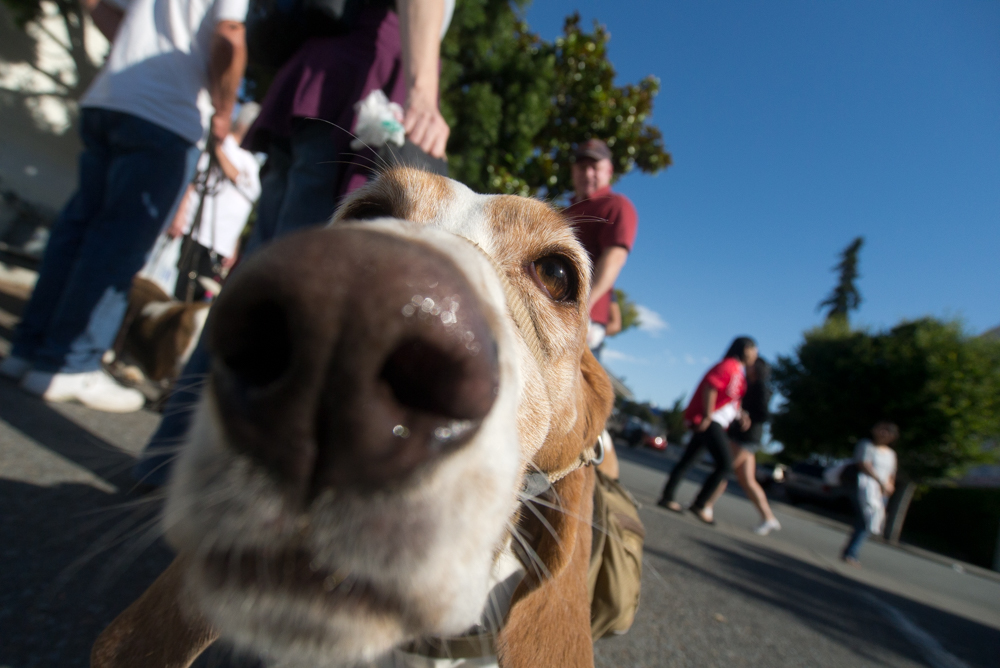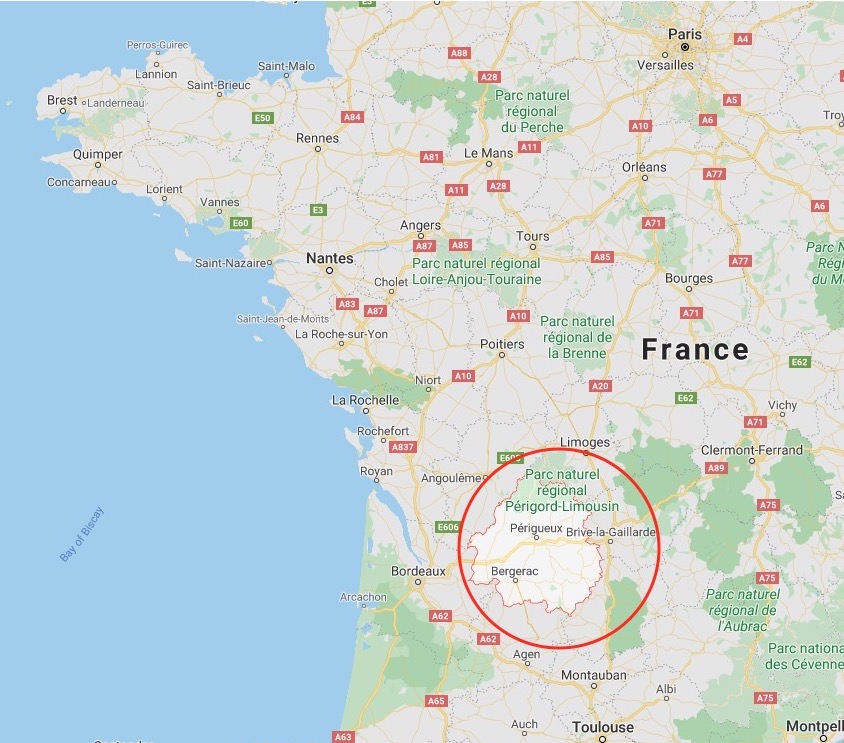Smell sensors, that is.
For any Francophile, one of the endearing charms of Martin Walker’s ‘Bruno – Chief of Police’ novels is the detailed recipes to be found in these elegantly written thrillers.
Dogs also feature, a source of delight to this reader. While the bloodhound is the king of dogs where scent tracking is required, the basset hound runs a close second with no fewer than three billion smell receptors, compared to a mere 2 million for us ordinary humans. Bruno Courrèges’s choice of dog is a basset (maned Balzac, naturally) and he uses it for police tracking and, more importantly, for finding truffles, those costly delicacies essential to many a French dish. Those long, long ears serve a purpose, as do most designs in nature. They drag on the ground, yes, but in doing so they stir up the grass surface releasing odors, thus acting as odor concentrators! Accordingly proper ear cleaning is an essential part of basset health.

The business end of a basset hound.
The novels are set in the southwest of France, in that haven of all things agricultural, the Dordogne, so it’s a trivial matter for Bruno to source all his produce locally, either from his garden or from the weekly local village market. Locally made cheeses? Check. Pâtés galore? Of course. Wines in infinite varieties? Mais naturellement. The recipes are set forth in great detail in Walker’s books and the fabulous meals described act as natural breaks in the thrilling detective action, set in a small town where everyone knows everyone.
His latest novel has just been published but you cannot go wrong with any of these.

The Dordogne.
Interestingly, Walker states that the cops prefer to use Alsatians at airports as drug sniffing dogs owing to their frightening demeanor (well, they are German), not something of which a basset could be accused.
The series – and the dog – is highly recommended.
Panasonic GX7, 9-18mm Olympus MFT lens.